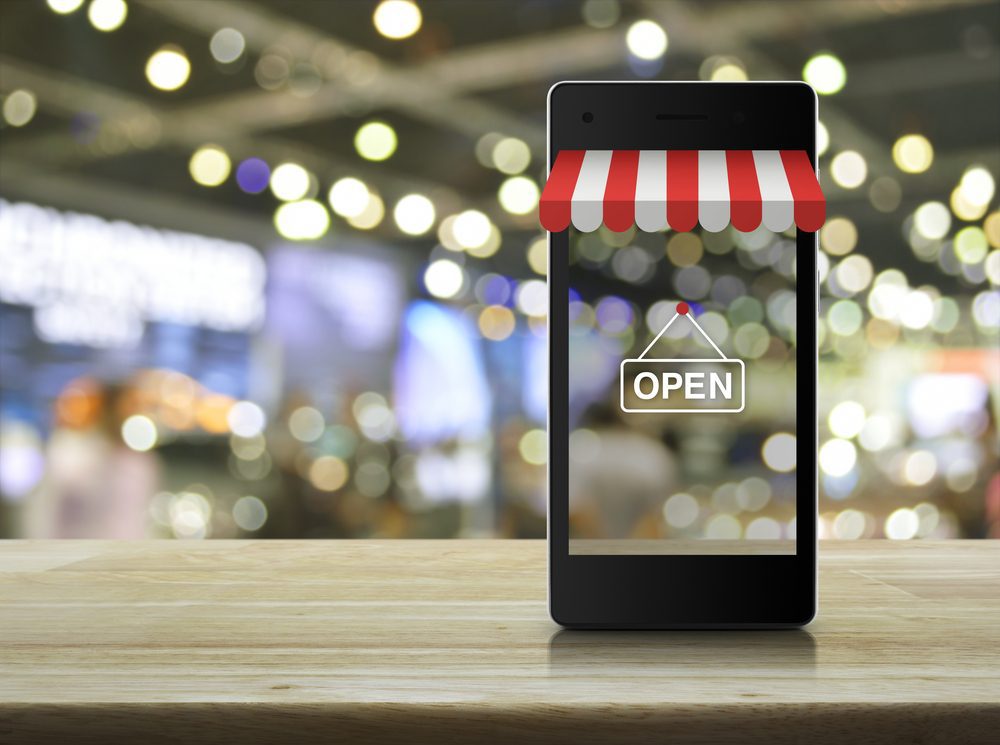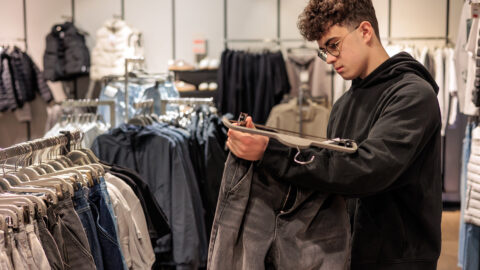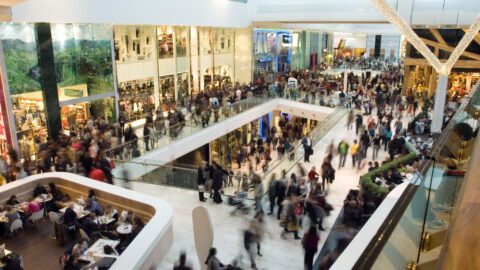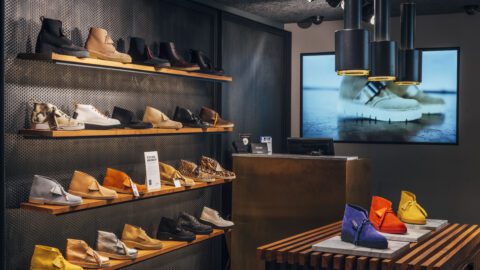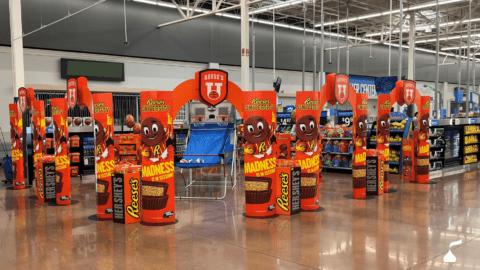It shouldn’t surprise anyone that online activity influences consumers’ brick-and-mortar purchases, but the traffic isn’t all one-way. While one in three in-store purchases start online, one in four online purchases start in-store, according to the Month in the Life of a Shopper 2019 report from The Hershey Company. Additionally, the average shopper makes a combined 60 online and offline trips per month across 17 retailers — so capturing a larger share of these trips means maximizing the value proposition in both channels.
“First and foremost, it’s important to evaluate how you’re performing across the core tenets of what we’ve defined as the shopper value equation: spend, time and experience,” said Tony Mardegain, Director, Retail Snacking Experience Team (ReSET) at Hershey in an interview with Retail TouchPoints. “What is your unique place in shoppers’ lives? What are the areas where you’re already doing well? Can you lean in further?”
ReSET advises against a one-size-fits all approach, but the start of every retailer’s journey is recognizing that overall, 87% of all purchases start online — an environment where shoppers will quickly abandon a retailer if they can’t find what they’re looking for.
“Navigation helps consumers browse the digital and physical shelf,” said Mardegain. “Category management fundamentals like aisle flow, usage occasion and brand placement are applicable both online and in-store. Transposing aisle flow and shelf organization from the physical world to digital environments is key to creating a seamless experience.”
Make Shopping Seamless, Or Customers Will Move On
The similarities between e-Commerce and brick-and-mortar still hold for impulse purchases made without research beforehand. Shoppers see the retailer they are purchasing from, not the individual channels they are using, even when their journey doesn’t involve multiple touch points. Companies need to keep their teams connected to ensure a consistent pay point experience across the entire business.
“Shoppers aren’t going to pick up their favorite snack at the end of a shopping trip, be it online or off, if what they are looking for isn’t there,” said Mardegain.
The need for a seamless environment continues after the time of purchase as well. Retailers should encourage reviews by making the process quick and simple, regardless of where the purchase was made. User-generated content is an important part of the overall decision-making process in both channels:
- 56% of shoppers read reviews before making an online purchase; and
- 46% of shoppers read reviews before making an in-store purchase.
Making it easy for shoppers to write, read and share reviews helps improve engagement for returning customers, and encourages newcomers to check out retailers they haven’t used before. Conversion rates are nearly 30% higher when sites contain user-generated content.
In-Store Displays Benefit From Online Practices
One area that is particularly important in-store but still involves e-Commerce is presenting memorable displays. They must be designed with the shopper at the center, combining categories to create a coherent and memorable experience rather than focusing on promoting certain goods.
“We draw a lot of inspiration from our owned Hershey’s Chocolate World retail locations, and they have seen success building displays around occasions, like ‘hot cocoa sipping’ in the winter,” said Mardegain. “There are food items on the display, but there are also fuzzy socks, blankets, fun stirrers and more. In this case, you are building a full experience for the shopper and inspiring them to have fun and build connection with their families.”
This is an area where brick-and-mortar retailers have room for improvement: only 24% of shoppers rated their usual stores highly on the metric of “retailer I look forward to shopping at.” Mardegain suggested that these retailers take a cue from their e-Commerce counterparts, and build out displays based on recommendations that go along with the centerpiece product.
Retailers also can benefit from increased collaboration with manufacturers. The combination of insights derived from retail loyalty programs and manufacturer marketing data can help retailers set up their stores and web sites in a way that maximizes their impact.
“Unlocking growth in this competitive marketplace is going to take next-level collaboration, including insights and data sharing,” said Mardegain. “We’re investing in deeper snacking insights to position our retail partners for success. Understanding how and why consumers snack is shaping our innovations in products, packaging, services and shopper experiences.”



